
Electric Blankets and Heaters Export Certification for the U.S.
A massive winter storm has hit the United States. Temperatures have plummeted to as low as -48°C, and thick snowfall has trapped many people indoors while disrupting transportation nationwide.
As temperatures drop, the demand for heating products in North America has surged again. Among the various heating products, electric blankets and plug-in heaters are particularly popular.
From January to August 2022, China exported 8.558 million electric blankets to the U.S., accounting for more than half of the total exports. The export value represented nearly 60% of the total export revenue, making the U.S. the largest export destination for Chinese electric blankets, surpassing Europe.
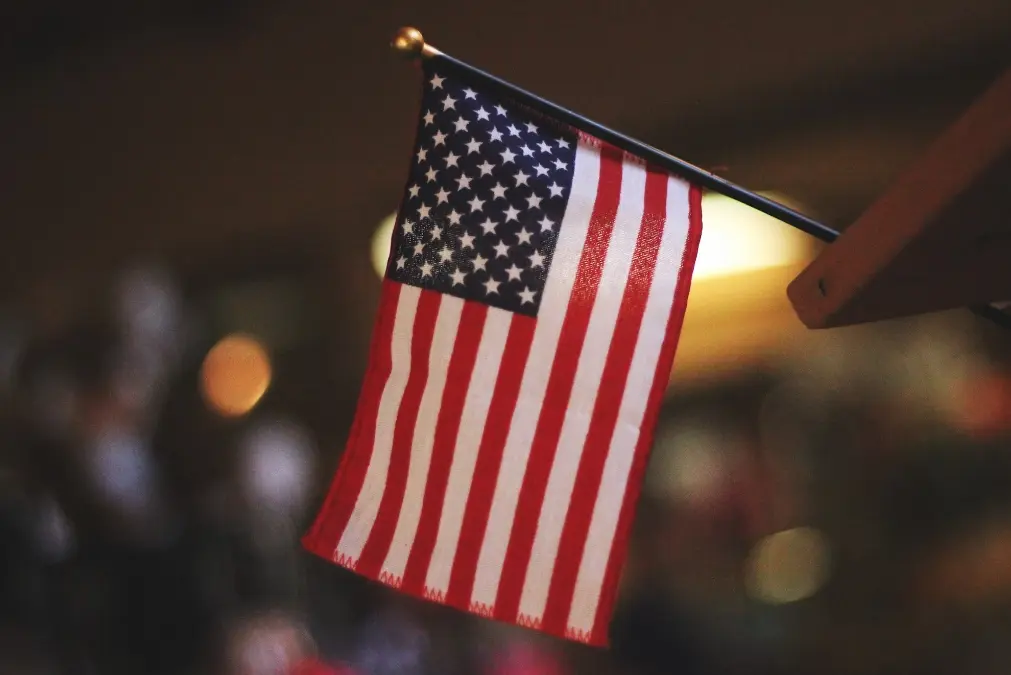
To help businesses better understand the export requirements for heating equipment to North America, China’s JJR Laboratory has compiled a guide on exporting electric blankets and small heaters to the U.S.
What is an Electric Blanket?
An electric blanket is a commonly used heating blanket that works by weaving special electric heating elements into the fabric. When plugged into a power source, it generates heat. It is recommended to avoid folding or stretching the blanket during use, as this could lead to a short circuit in the heating wires.
Important Considerations for Exporting to the U.S.
Electric blankets and heaters must comply with UL safety standards and FCC EMC (Electromagnetic Compatibility) standards to obtain certification through testing and a declaration of conformity.
UL certification
UL stands for Underwriters Laboratories Inc., a globally recognized, non-governmental organization specializing in safety testing and certification. UL is an independent, for-profit entity that conducts scientific testing to assess potential risks to life and property posed by materials, devices, products, equipment, and buildings. UL establishes, publishes, and distributes relevant safety standards and research to help minimize risks.
In the U.S., UL certification is not mandatory, but it is widely recognized as a standard for product safety testing. However, it does not cover electromagnetic compatibility (EMC) testing.
FCC Certification
FCC stands for Federal Communications Commission and refers to a mandatory certification. Any wireless, communication, or digital product must undergo FCC certification before entering the U.S. market.
Electric blankets with Wi-Fi, Bluetooth, RFID, infrared remote control, or other wireless features must obtain FCC emc certification before being sold in the U.S.
Manufacturers and exporters should ensure that their products meet safety standards to prevent defects that could lead to product recalls or detentions.
Electric Blankets – UL 964 Standard & FCC Certification
For electric blanket safety, the primary standard is UL 964, while EMC compliance follows FCC 47 CFR Part 15B.
UL 964 Testing Standards for Electric Blankets
1. Scope: UL 964 covers electric blankets, mattress pads, heated bedding, sheets, mattresses, heated boots, and other bedding products that conform to the ANSI/NFPA 70 (National Electrical Code). The voltage requirement is 120V AC.
2. Control Mechanism:
- All heating pads must be wired and include a switch or one to two user-adjustable temperature controllers.
- The heating pad may also be controlled by a temperature-regulating device.
3. Additional Testing:
- If the heating pad is not connected to a 120V AC power circuit or is designed for use with waterbeds or mechanical beds, additional studies must be conducted to ensure safety compliance.
Heaters – UL 1278 Standard & FCC Certification
For heater safety, the primary standard is UL 1278, while EMC compliance follows FCC 47 CFR Part 15B.
UL 1278 Testing Requirements
- Leakage current test
- Temperature rise test
- Durability test
- Short circuit test
- Overload test
- Component degradation test
- Dielectric strength test
- Insulation resistance test
- Stability test for portable heaters
2022 Revised U.S. Heater Safety Standards (Effective February 21, 2022)
UL 1278 now applies to all portable, wall-mounted, or ceiling-hanging household heaters.
Key Updates & Impact of the New Standard:
The new standard includes additional product warning labels, instruction manual updates, and power cord label modifications.
As the winter season approaches and heating demand rises in North America, exporters must prepare in advance to avoid unnecessary losses.
Specific Requirements of the New Standard:
- New Overheating Warnings & Labels:
- Not required for heaters with rated power below 850W (excluding 850W).
- Relevant Standard Sections:
- 67.13 & 67.14: All household heaters (except ceiling-mounted models) must include a permanent overheating warning label visible on the front.
- 67.25: Products with rated power above 850W must have an additional warning tag for overheating hazards.
- 68.2 & 68.3: Instruction manuals must include overheating warnings.
- 69.2 & 69.3: Power cord labels must contain overheating warnings.
Since UL 1278 now mandates changes to product warnings, instruction manuals, and power cord labels, certificate holders should update their compliance documentation in advance to prevent disruptions in exports.
Email:hello@jjrlab.com
Write your message here and send it to us
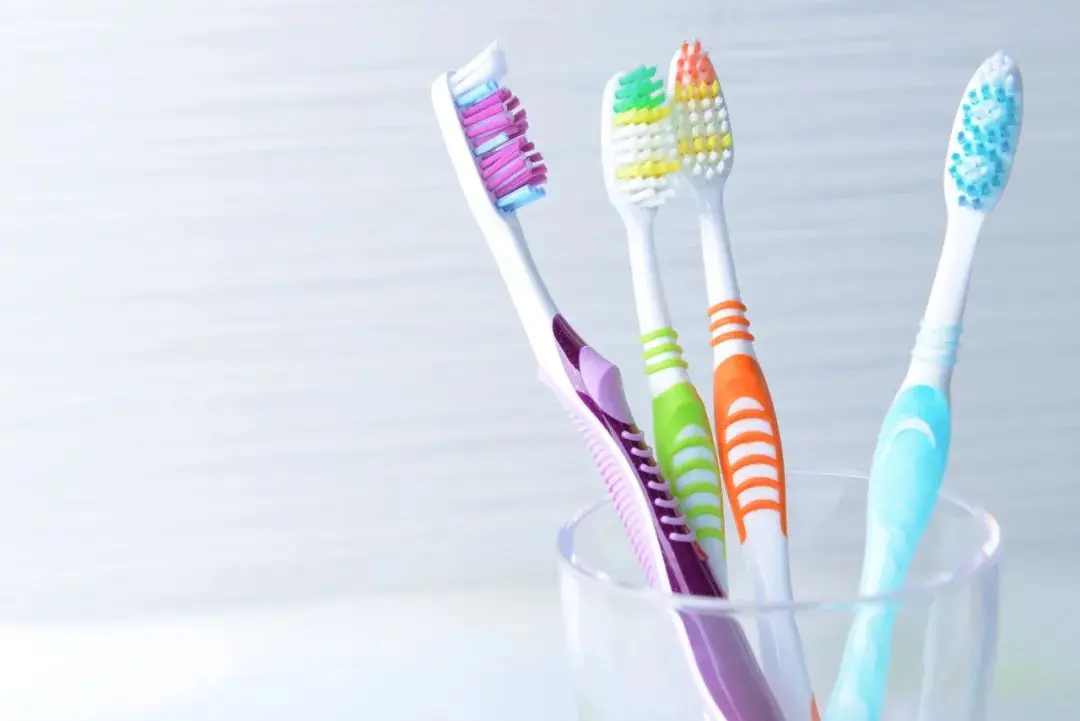 Toothbrush FDA Certification Testing
Toothbrush FDA Certification Testing
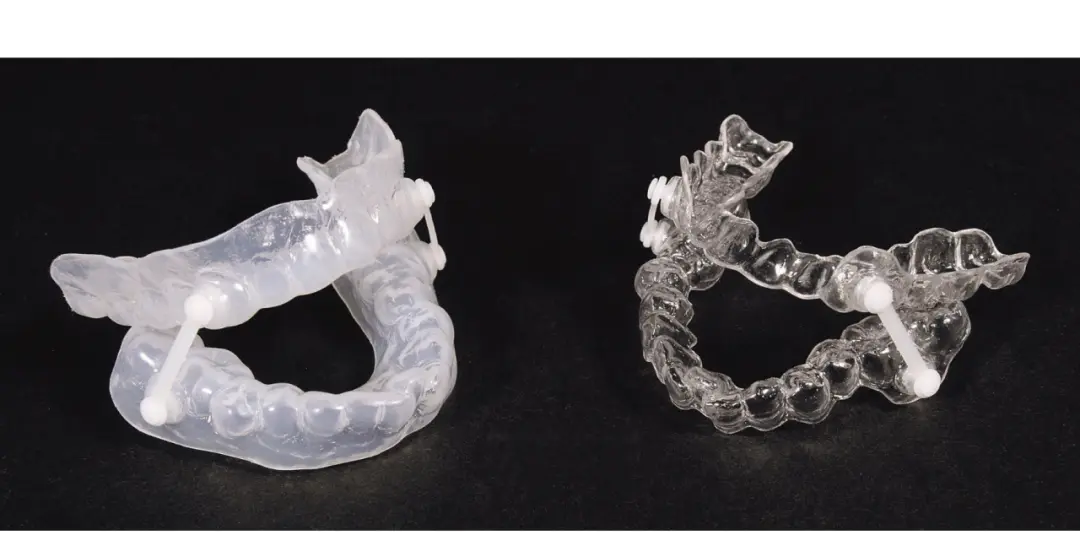 Snoring Device FDA 510k Standard Testing
Snoring Device FDA 510k Standard Testing
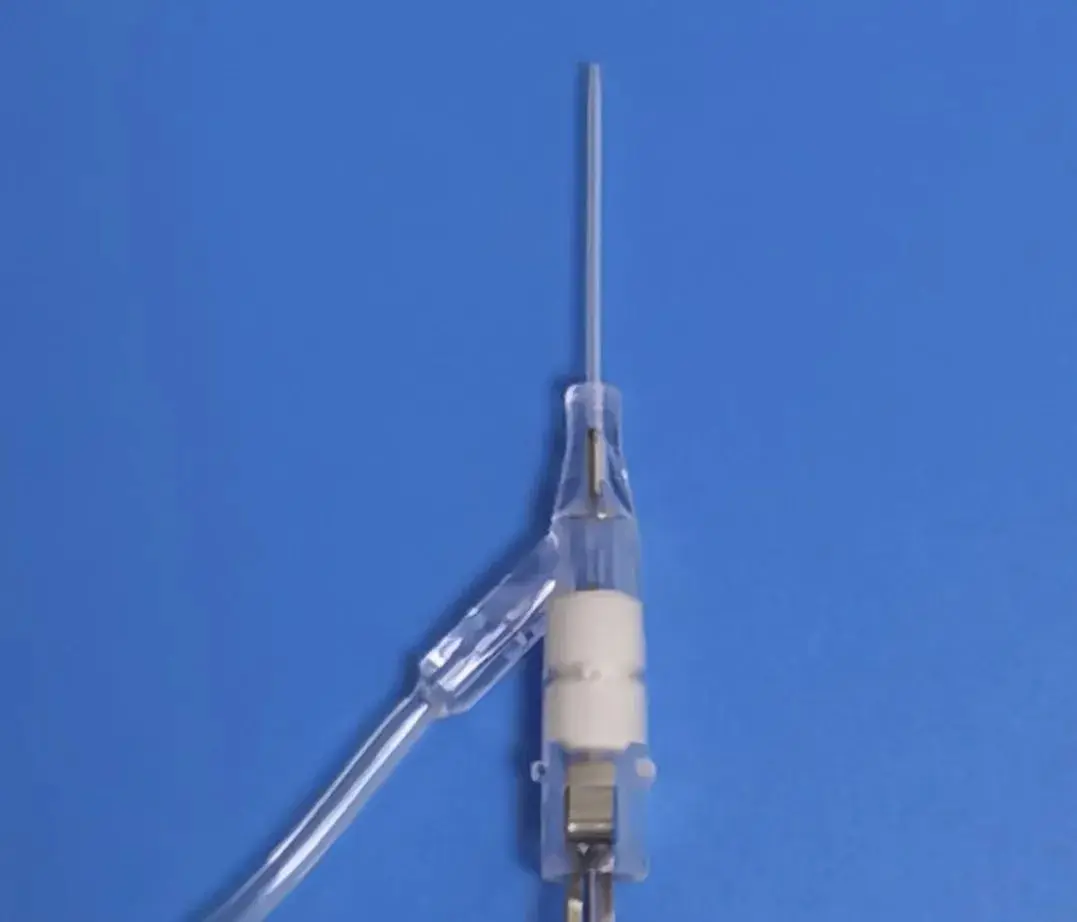 Single Use Intravenous Catheter Certification Test
Single Use Intravenous Catheter Certification Test
 Silicone Material Product Compliance Certification
Silicone Material Product Compliance Certification
 What to Do If Cytotoxicity Test Results Are Positi
What to Do If Cytotoxicity Test Results Are Positi
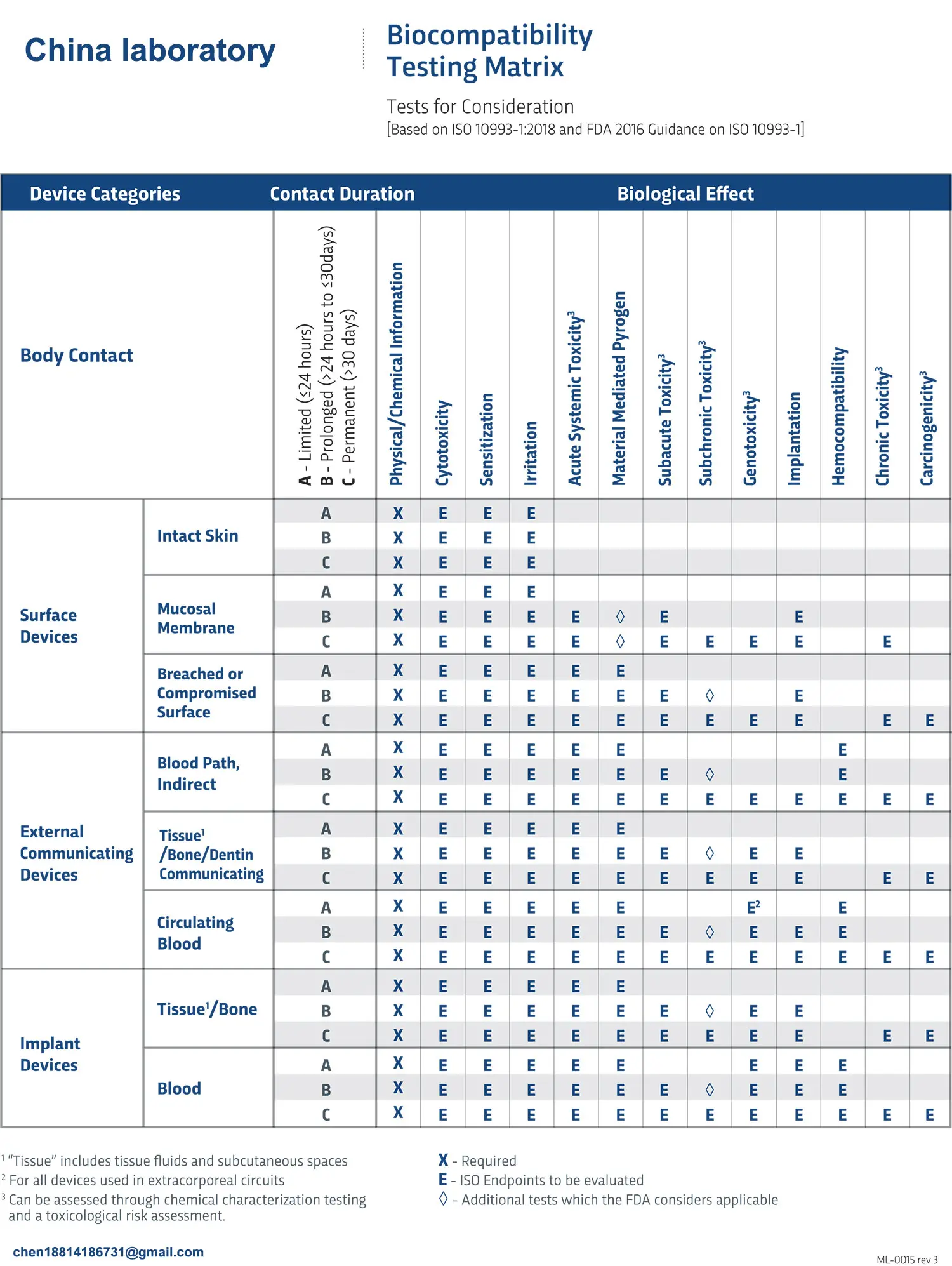 ISO 10993:5 Cytotoxicity Testing Methods
ISO 10993:5 Cytotoxicity Testing Methods
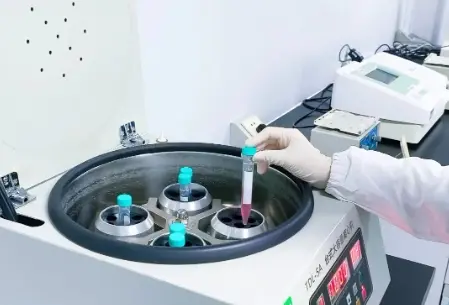 FDA ISO 10993-1 Biocompatibility Evaluation Guidel
FDA ISO 10993-1 Biocompatibility Evaluation Guidel
 In Vitro Cytotoxicity Testing for Medical Devices
In Vitro Cytotoxicity Testing for Medical Devices
Leave us a message
24-hour online customer service at any time to respond, so that you worry!




